The Renault Refactory is on course to recommission more than 25,000 used cars this year – including some made by rival manufacturers.
The large-scale refurbishment centre in Flins, near Paris, is in what was one of Renault’s largest new car production plants. It sources used vehicles from dealers within a 200-kilometre radius and readies them for resale.
The €8 million (£7m) project is one part of a redevelopment of the 232-hectare facility. It was opened in 1952 and once home to manufacturing of the Renault Dauphine, 4, 5, Clio and Twingo, among others, and still makes around half of Europe’s Renault Zoes and Nissan Micras as its owner seeks to preserve employment in the region while it moves new car manufacturing to more cost-effective plants.
Other initiatives housed within its perimeter – which in 1957 played host to a state visit from the Queen – include projects to give electric car batteries a second life for energy storage, the development of hydrogen vans and a car breaking plant, with parts then stored for use in the refurbishment of the used cars. The facility also features innovation and study centres, including 3D printing facilities and an EV training ‘university’. As well as Renault’s own projects it is open for use for everyone from OEMs to start-ups looking to play a role in what is being dubbed the ‘circular economy of sustainable mobility’.
For Autocar Business webinars and podcasts, visit Autocar Business Live
The used car refurbishment centre – working under the name Re-Trofit – takes up 11,000 square metres of space and processes around 55 vehicles an hour, employing around 170 people. Already that figure is twice what it launched with in September last year, with the workforce now working two shifts rather than one. The eventual goal is to run three shifts and turn around 45,000 cars a year – and, if that’s a success, to create a mirror facility on site and potentially ramp up to double that figure in time. It is not unique – Toyota last year opened a similar facility in Burnaston, Derbyshire – but it is very much at the forefront of manufacturer thinking on extending the life – and profitability – of vehicles.
“Think of it as a big factory doing the work that dealers typically undertake on a much smaller scale,” explains Gilles Mériadec, the business director for the facility and a 32-year employee of Renault with a background in running dealerships. “Today our goal is to prove that we can do that job to a higher quality and lower cost because of our specialisms and scale. Today we are breaking even, but in time we must make profit to survive.”


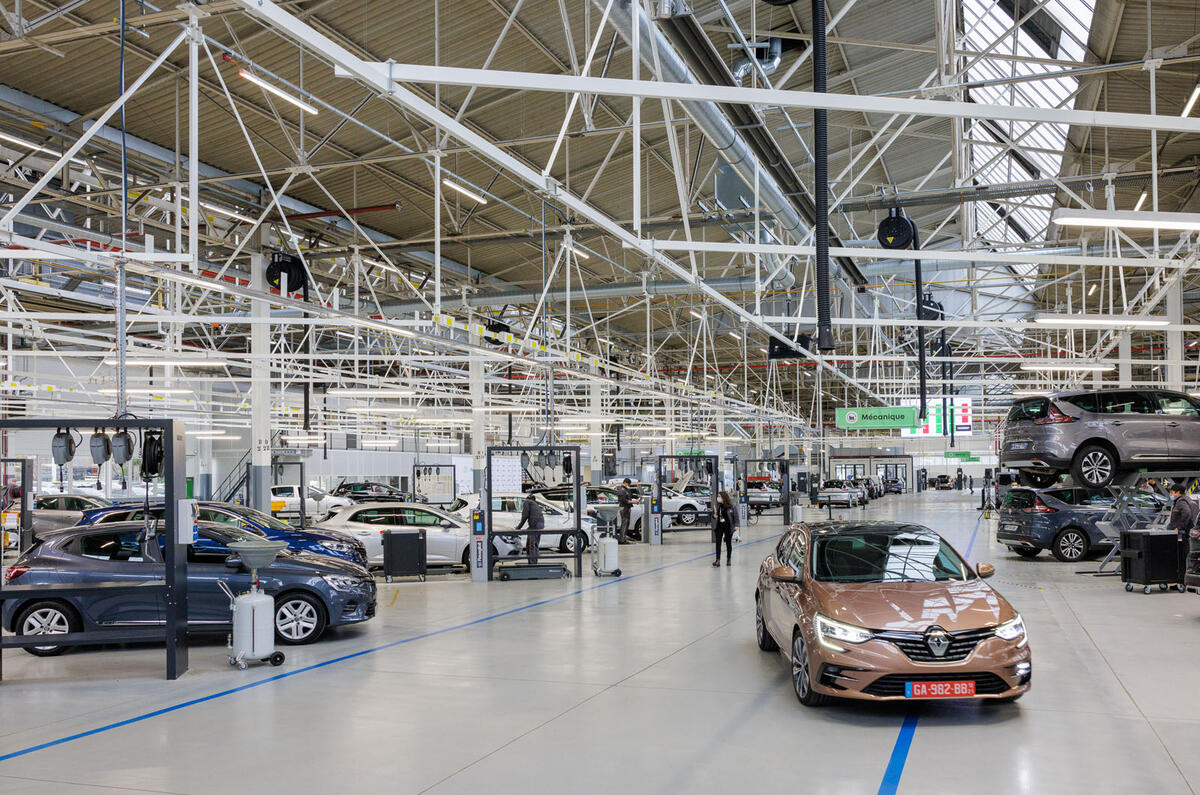
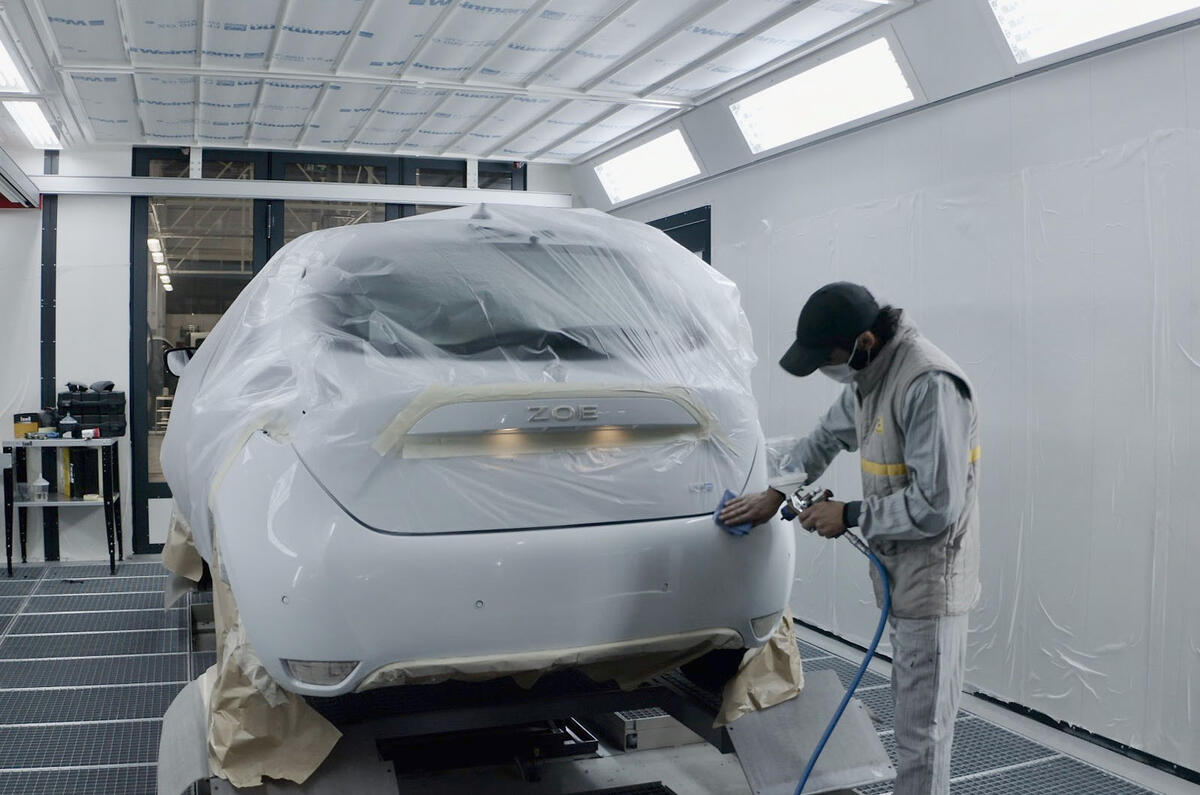
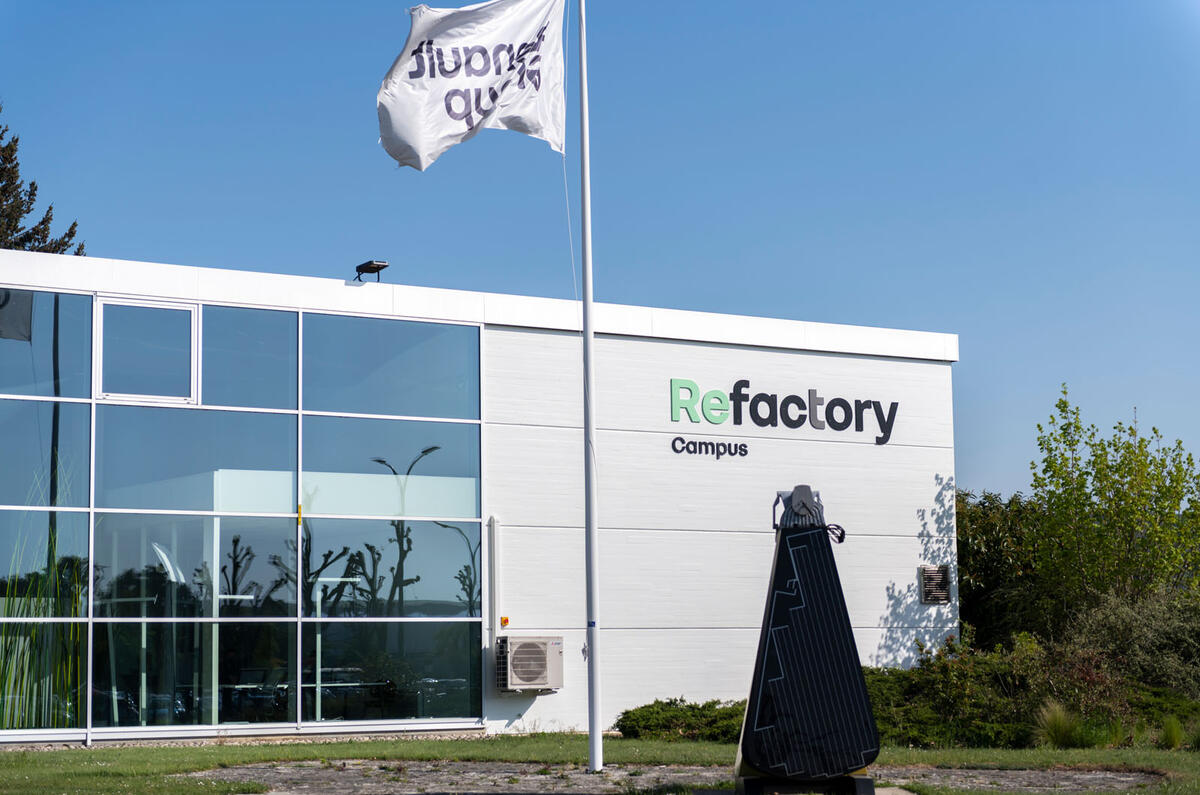
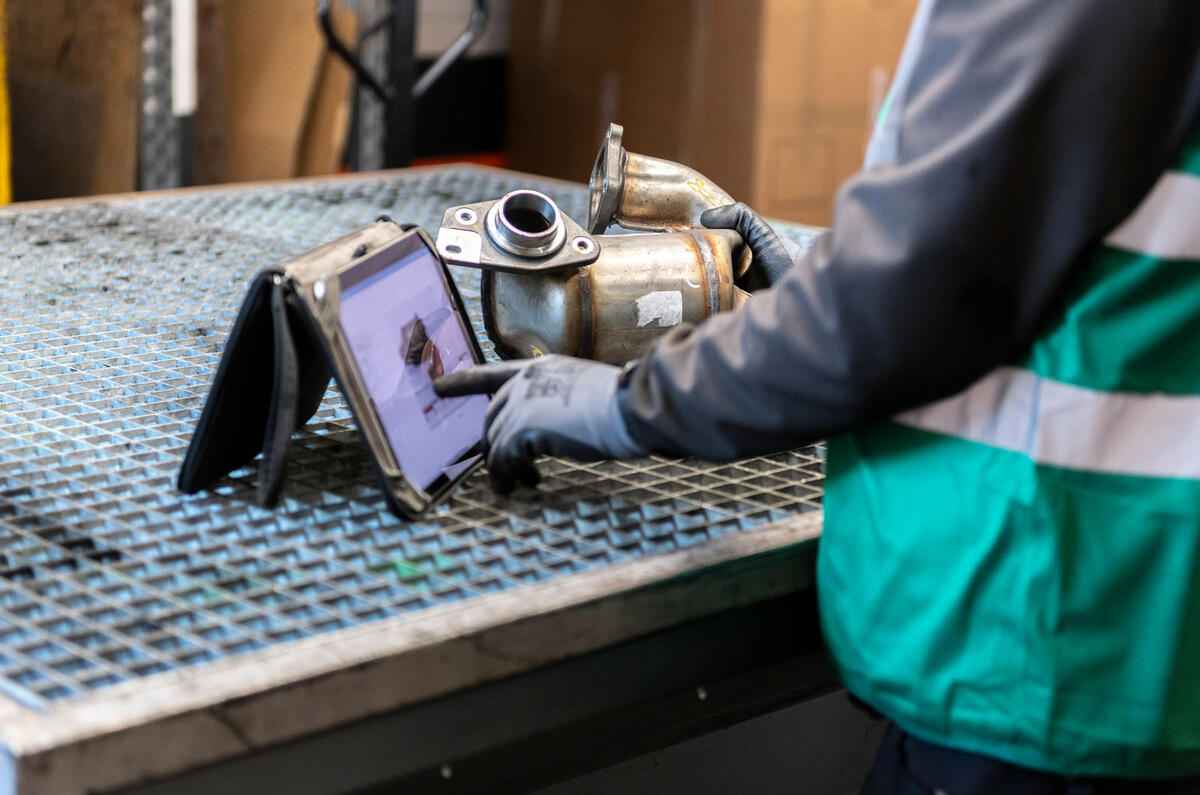
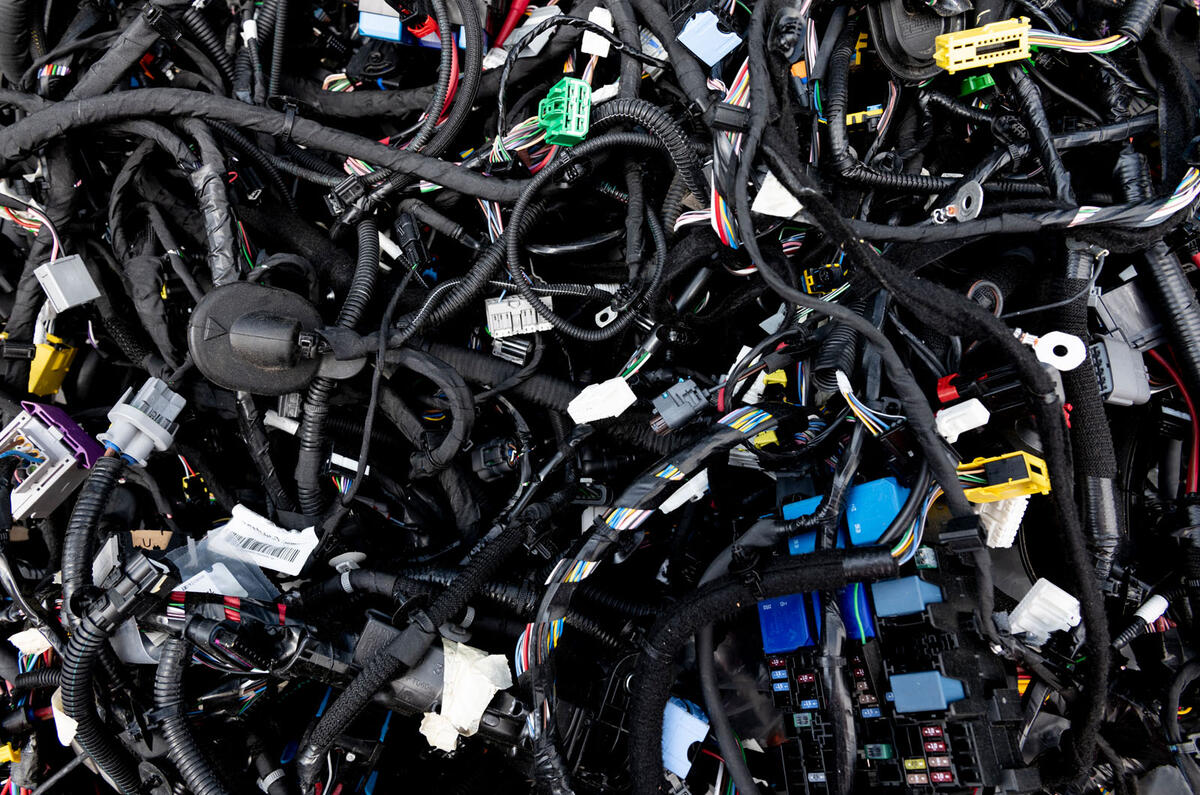
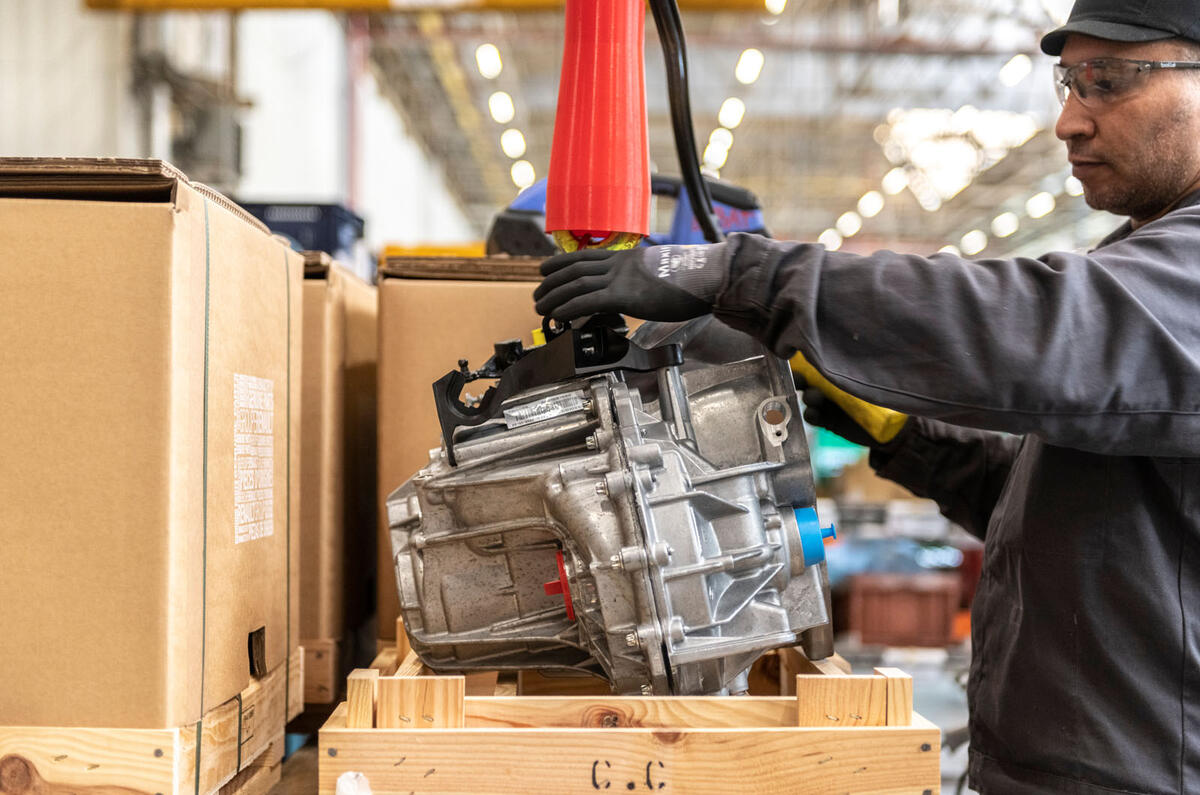
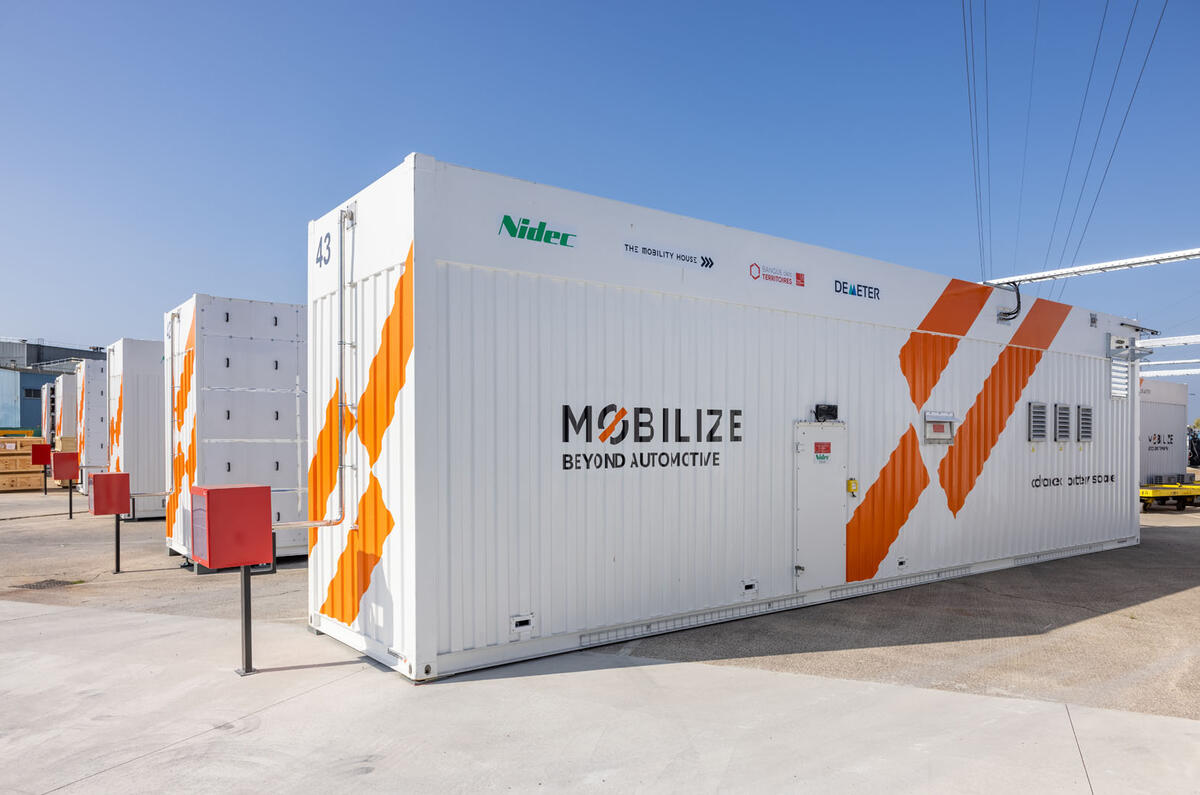



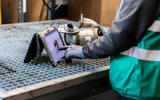
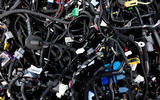
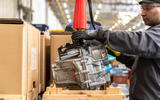
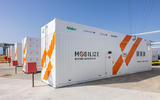






Join the debate
Add your comment
Brilliant!